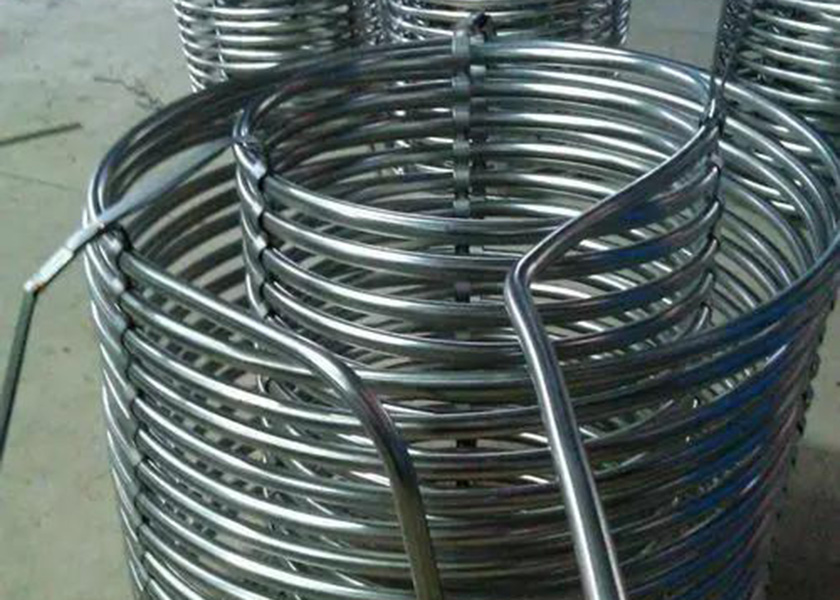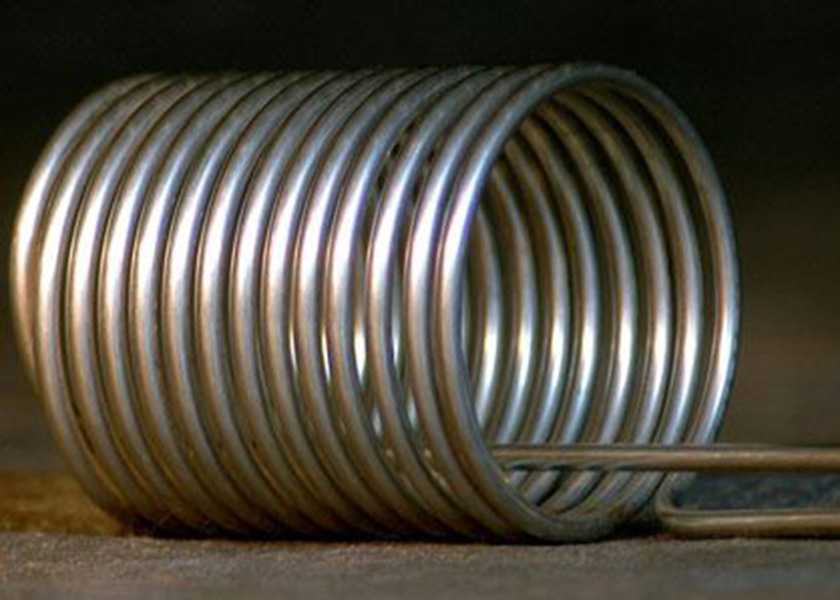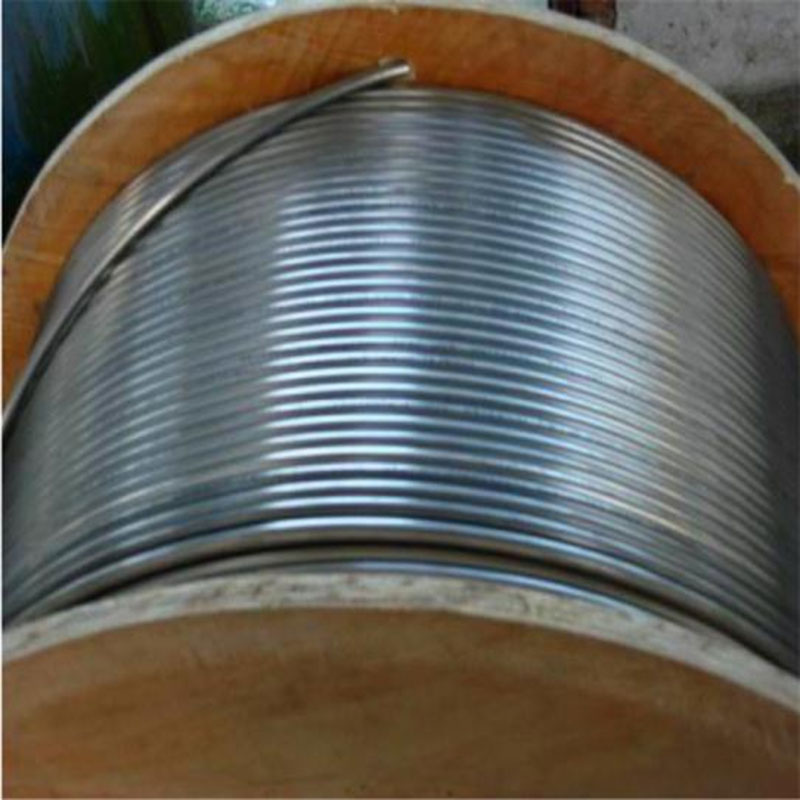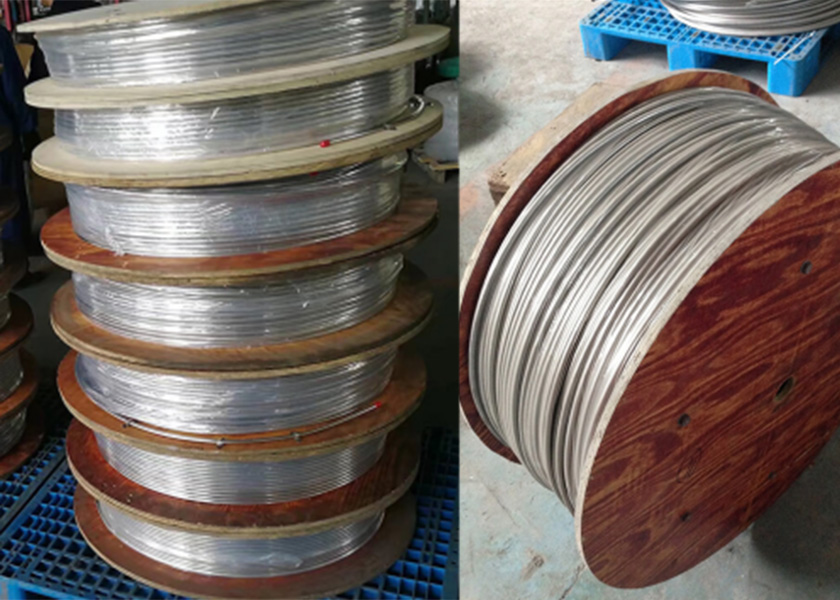When forming in a progressive die, the workpiece pressure, pressing conditions and starting material affect the ability to obtain stable drawing results without wrinkles.
Q: We make the cup in 304 stainless steel. On the first station of the progressive die, we draw to about 0.75 inches deep. When I check the thickness of the butt flange perimeter, it can vary by 0.003 inches from one side to the other. Each hit is different and does not appear in the same place. I was told it had something to do with the processing of the raw material, probably the outer edge of the main spool. How can we get a cup of constant shape without creases?
A: I see that your question begs two questions: first is the variations you get in the process of drawing, and second is the source material and its specification.
The first problem is a fundamental flaw in the design of the tool, so let’s go over the basics. Periodic wrinkling and fluctuations in thickness on the cup flanges after stretching indicate insufficient bonding tools in your progressive die stretching station. Without seeing your die design, I would have to assume that the punch and die radii and their respective clearances meet all standard design parameters.
During the drawing process, the workpiece is held between the drawing die and edge holder, while the drawing punch draws the material into the drawing die, pulling it along the drawing radius to form the shell. Strong friction occurs between the mold and the workpiece holder. During this process, the material is subjected to transverse compression, which results in wrinkling and radial elongation as the edge holder stops the flow of the material. If the sealing pressure is too high, the material will break under the pulling force of the punch. If it is too low, wrinkles will appear.
A successful drawing operation cannot exceed the limit between the shell diameter and the workpiece diameter. This limit depends on the percentage elongation of the material. The general rule is to paint 55% to 60% the first time and 20% each time after that. On fig. 1 shows the standard formula for calculating the preform pressure required for stretching (I always add at least 30% extra force as a safety factor. This can be reduced if necessary, but it is difficult to increase after the design is complete).
The billet pressure p is 2.5 N/mm2 for steel, 2.0-2.4 N/mm2 for copper alloy and 1.2-1.5 N/mm2 for aluminum alloy.
Differences in flange thickness can also indicate that your tool design is not strong enough. The mold shoe must be thick enough to withstand the tension without bending. The support under the shoe must be of strong steel, and the guide pins of the tools must be large enough to prevent lateral movement of the upper and lower tools during stretching.
Also look at your news. If the press guides are worn and loose, you won’t succeed, no matter how strong your tools are. Check the press pusher to make sure it is correct and square throughout the length of the press stroke. Make sure your drawing lubricant is filtered and in good condition, and that the tool is applying the correct amount and correct nozzle position. All printing tools are carefully checked to ensure proper surface finish, coverage and symmetry. And pay special attention to drawing the radii, they must have perfect geometry and surface cleanliness.
Also, while customers tend to think that 304L and standard 304 are interchangeable, 304L is the best choice for stretching. L stands for low carbon, which gives 304L a 0.2% yield strength of 35 KSI, while 304 has a 0.2% yield strength of 42 KSI. With a 16% lower yield strength, 304L requires less force to deform and hold the mold during the molding process. It’s easier to use.
Are you concerned about stamping in the shop or about tools and dies? If so, send your questions to kateb@thefabricator.com and Thomas Vacca, CTO of Micro Co., will answer them.
STAMPING Journal is the only trade publication devoted exclusively to the needs of the metal stamping market. Since 1989, the publication has been devoted to cutting-edge technologies, industry trends, best practices and news to help stamping professionals run their business more efficiently.
Full digital access to The FABRICATOR is now available, providing easy access to valuable industry resources.
Full digital access to The Tube & Pipe Journal is now available, providing easy access to valuable industry resources.
Enjoy full digital access to STAMPING Journal, the metal stamping market journal with the latest technology advances, best practices and industry news.
Full access to The Fabricator en Español digital edition is now available, providing easy access to valuable industry resources.
In the first part of our two-part series, metal artist and welder Ray Ripple joins host Dan Davis…
Post time: Jan-03-2023




